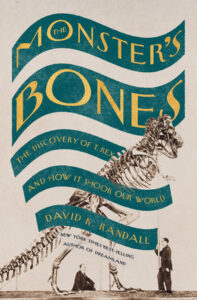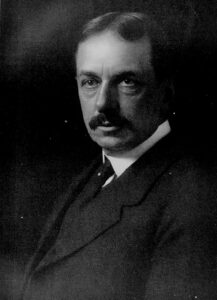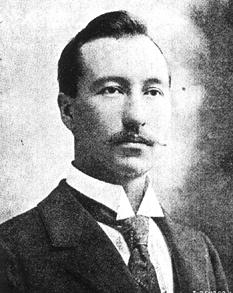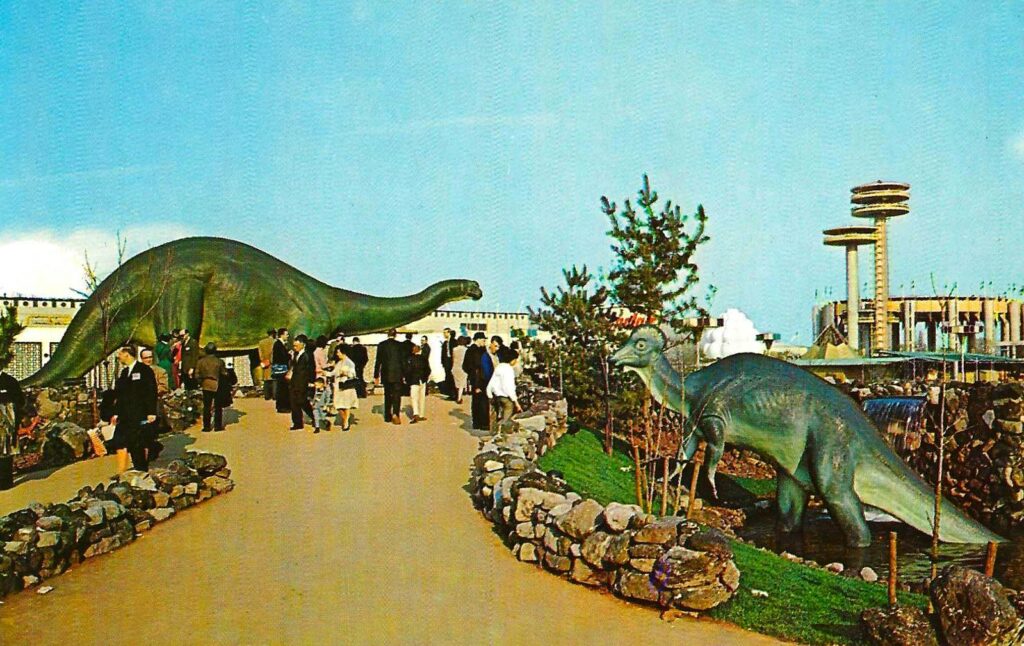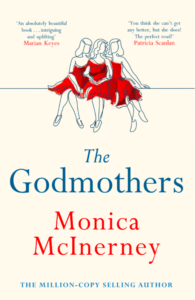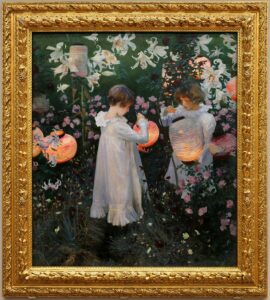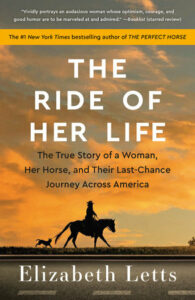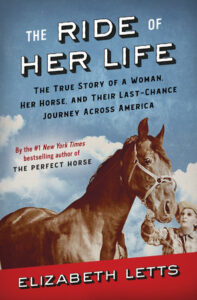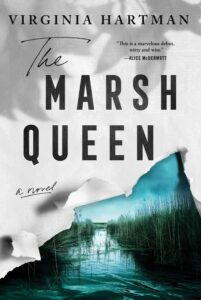
A haunting family mystery embedded with the best of nature writing (Washington, DC & North Florida; present-day & twenty-five years ago): Lyrical, poignant, and steeped in atmospheric prose, at its heart The Marsh Queen is a nail-biting whodunit.
Creatively blending genres, creative writing professor at George Washington University in Washington, DC Virginia Hartman has made sure there’s something to allure all of us into a mysterious death that happened over two decades ago. Pulling together art and Nature, grief, familial love and obligations, the importance of female friendships and supportive colleagues, with a budding romance, she’s crafted an engrossing novel.
In imagining her main character – Loni Murrow, thirty-six and single – Hartman has imagined an appealing career for her. Seemingly well-matched, yet it comes with both joyful and painful memories.
Loni is an accomplished “bird artist” for the Smithsonian’s National Museum of Natural History on the National Mall, which houses the world’s “third largest” bird collection. We know she’s successful at what she does because she’s earned a window in her office, a perk that took nine years to earn. That little detail shows how well Hartman knows how things work in our nation’s capital where windows are coveted by federal employees. Loni’s window enables her to gaze out onto a two-mile long lawn millions walk across as they tend to the nation’s business and visit our national museums.
Loni’s artistic profession is her “salvation” even if the birds she draws from are “skins,” not like the magnificent alive ones in North Florida where she was raised and ran away from. She’ll be seeing and drawing them again, as her story takes her back home to memories she’ll no longer be able to escape from. Hartman’s descriptions of the birds Loni draws and paints is exacting and vivid, in just a few sentences. They’re an element of the novel that’s quite lovely. For instance, compare her literary depiction of the common loon – “its inky head, white banding at the neck, and an intricacy of pin dots and fractured rectangles cascading across the wings” – to the real bird in the natural world:
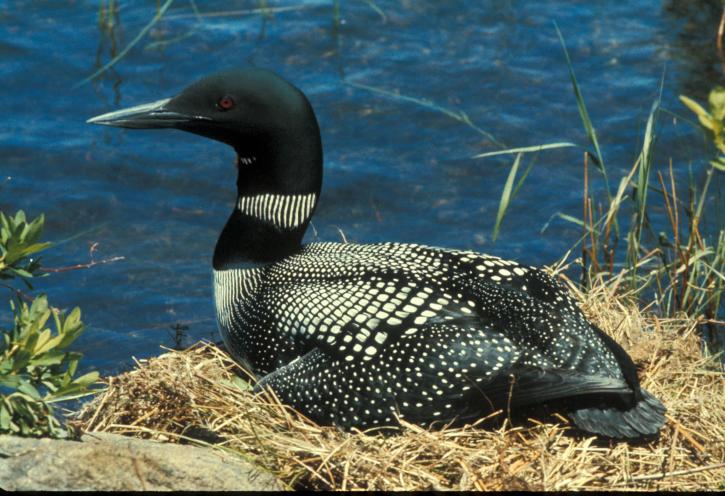
Loni suffers from anxiety and sorrow. When she speaks about her “life story, with all its rivulets and backwaters,” she’s recalling the best part of her former life when she spent time with her beloved dad Boyd who taught her everything about birds while they canoed in the marshes near her fictional, small, gossipy town of Tenetkee on the Gulf Coast of the Florida panhandle.
“The swamp is the only place I can get any clarity,” she says when she’s urgently called back to a place of happy and horrific memories. Her brother Phil has suddenly interrupted the controlled life she’s carved out for herself because their mother Ruth has fallen and has been exhibiting signs of the early onset of dementia, so she can no longer live alone anymore. Tending to her mother’s needs is vexed by the fact that she could never find a kind word for Loni, who’s been unable to figure out why. (Little by little, we learn the reason.) Hypercritical, Hartman crafts prickly dialogue that shows why it is so difficult for Loni to overlook their estrangement.
The twelve-year difference in age with her younger brother presents a different reason for the lack of closeness in the family. That plays out in a closer relationship with their mother, and his inexperience. For Loni, the hole, the emptiness, is the death of her loving father Boyd with whom she was profoundly attached to. A law enforcement officer for US Fish and Game Wildlife Services, he expertly protected those coastal waterways paddling by canoe. The police report claimed his death was drowning by suicide from his canoe, a conclusion Loni and the reader don’t buy.
As the older child and only daughter, the emotional ordeal of packing up the contents of a life rests on Loni’s weary shoulders, while Phil, the consummate accountant, has already put the house up for sale. Besides not even consulting her before making the onerous decision, Loni perceives his wife pushing him to sell. Primed to think that as their relationship hasn’t been good either. A beautician, Tammy has felt Loni, with her prestigious job and university-educated, treating her condescendingly, stereotyped. There may be a nugget of truth to that, conscious or not, as we see their relationship change.
In short, there’s a lot of tension, resentment, anger, and grief going on with this family. Not helped by small towns that know everyone’s business.
Upon returning home Loni’s saving grace is her best friendship with Estelle, whose avian interests overlap with hers; she works at the Tallahassee Science Museum. Never wanting Loni to move away, they’ve been childhood friends since first-grade. An irreplaceable friendship for those blessed to know what that means. Hartman does. Cleverly, Estelle comes up with a freelancing gig for Loni: an enticement to remain in Florida she hopes while providing her friend some sanity to deal with her family’s crisis.

By FlevoBirdwatching
via FreeImages.com
Estelle has a list of birds for Loni to paint – from real life. Loni balks at the number of birds on the list, thinking her time will be brief in Florida, agreeing to deliver two painted birds. Events spiral, extending her leave of absence allowing Loni to search for, draw, and paint many more birds on the list. Here’s how Hartman describes the Purple Gallinule: “candy-corn bill – yellow at the tip, orange toward the eye – points at the waterline, and the blue and green of the feathers glint in the sunlight.” Impressive again when you compare her description to the image.
It’s always interesting to see how an author segues between past and present. The key one is set in the teeming marshlands where the birds are best spotted. The same waterways Boyd Murrow drowned in.
Loni’s life is turned upside in this twists-and-turns tale, laced with more than one secret. Early on, we see Boyd’s death as sinister as strange things start happening sending messages to Loni to go home. She makes note of the incident but treats it as a silly/sick prank. As creepier things happen, upping the ante one by one, it’s hard to ignore someone doesn’t want her poking around, building the suspense. When assumptions are made by Loni (and us), she (and we) are pulled off-track. Loni isn’t scared initially, but she (and we for her) will be.
Enter Adlai, a bearded guy around Loni’s age. He rents the canoes she frequently reserves to search the waters and the birds on her list. Like her assumptions about Tammy, she doesn’t give him much thought until it dawns on her he’s a “lodestone of a man.” Among Adlai’s qualities, he’s a stickler for truth telling, complicating their growing romance since she’s kept secrets from him. Their evolving relationship offers some comfort to the terrorizing, and shows us how easy it is to take people for granted.
At 370 pages, The Marsh Queen never lets up. Does Loni end up appreciating Adlai in time? Does she solve the long-held mystery of her father? Does she come to terms with her mother? Her brother? Tammy? Satisfy Estelle’s bird list? Save her job after extending it well-beyond her approved absence? Or, decide to stay in Florida? Each storyline absorbs us.
Remember what’s at the heart of the novel. So the biggest question is whether Loni can save herself?
Lorraine
